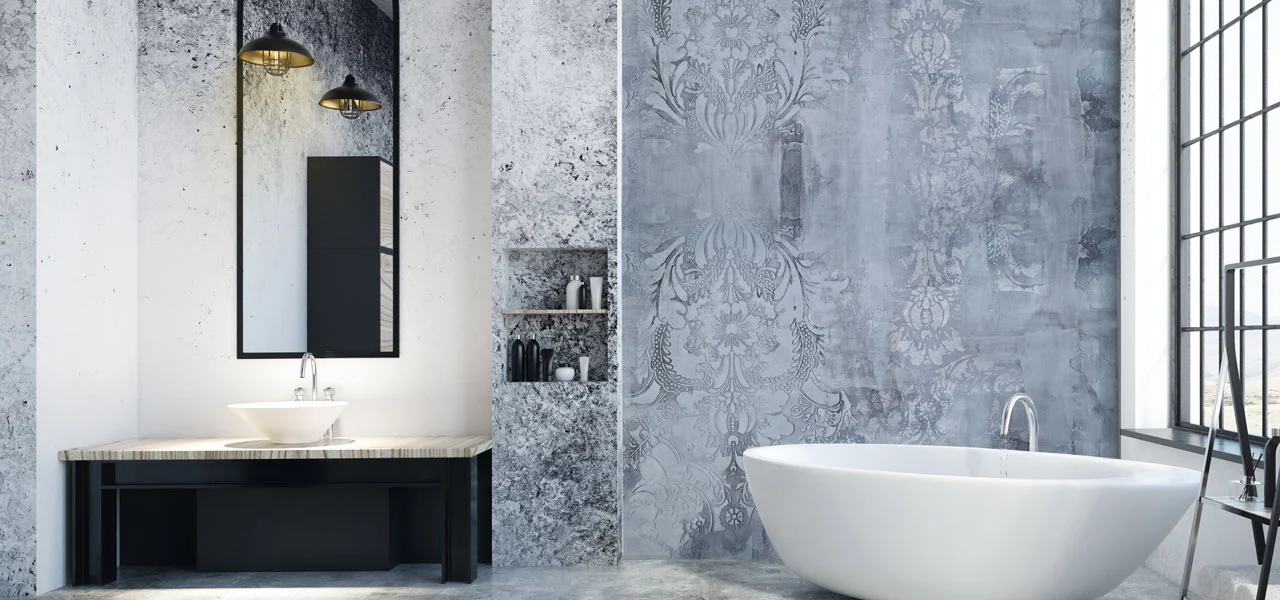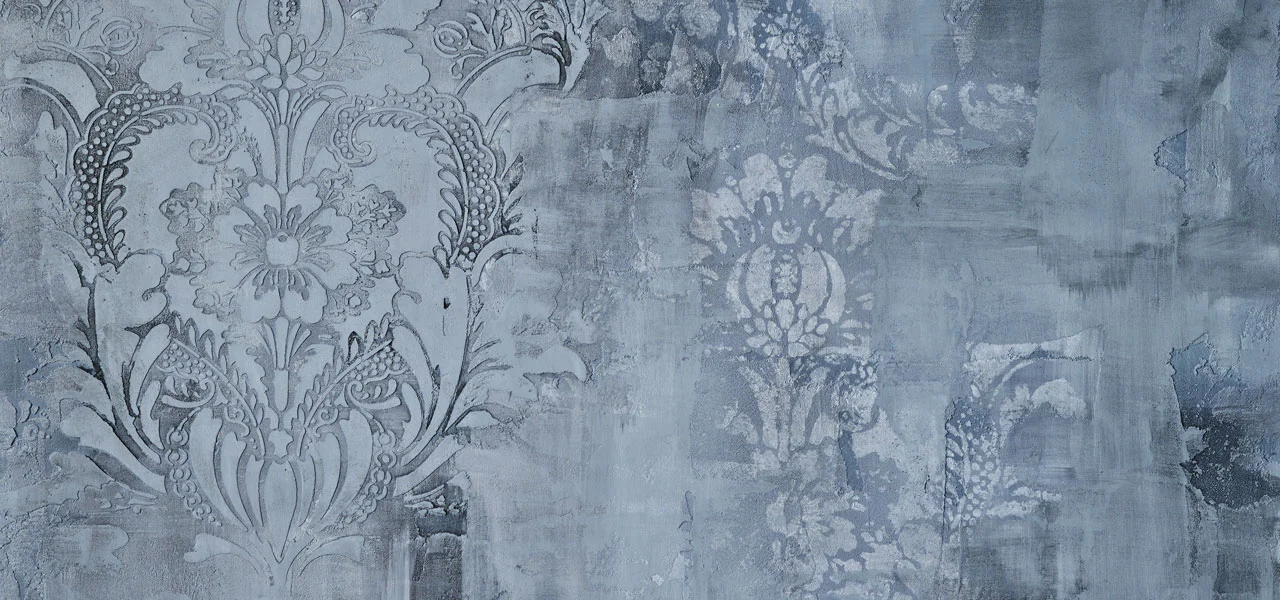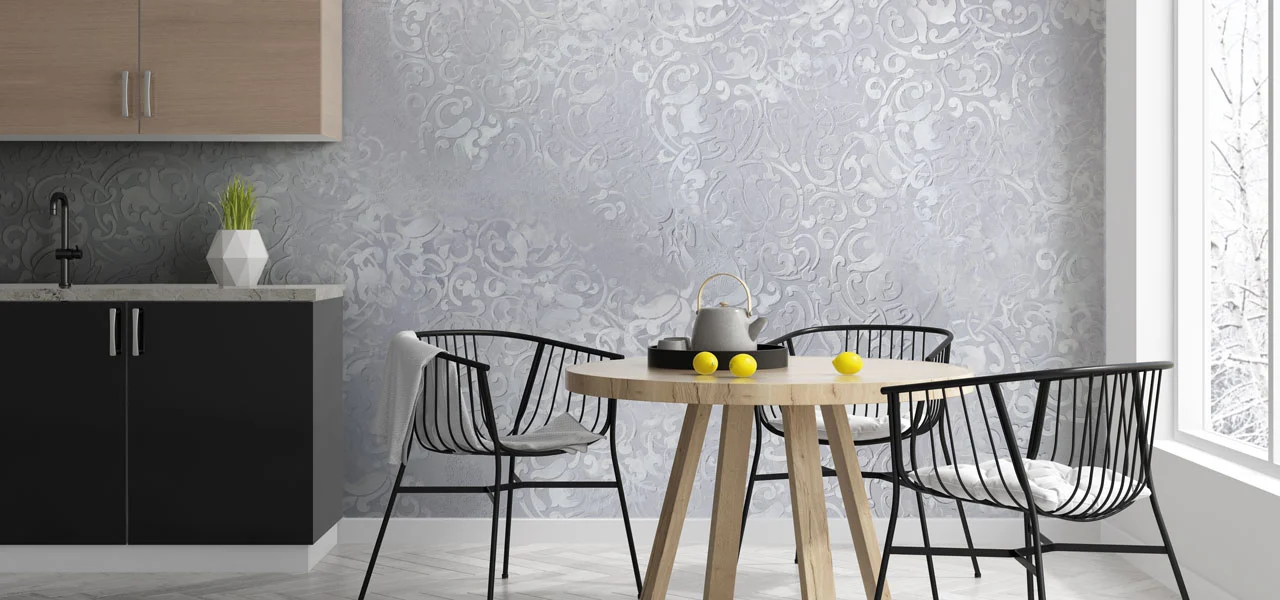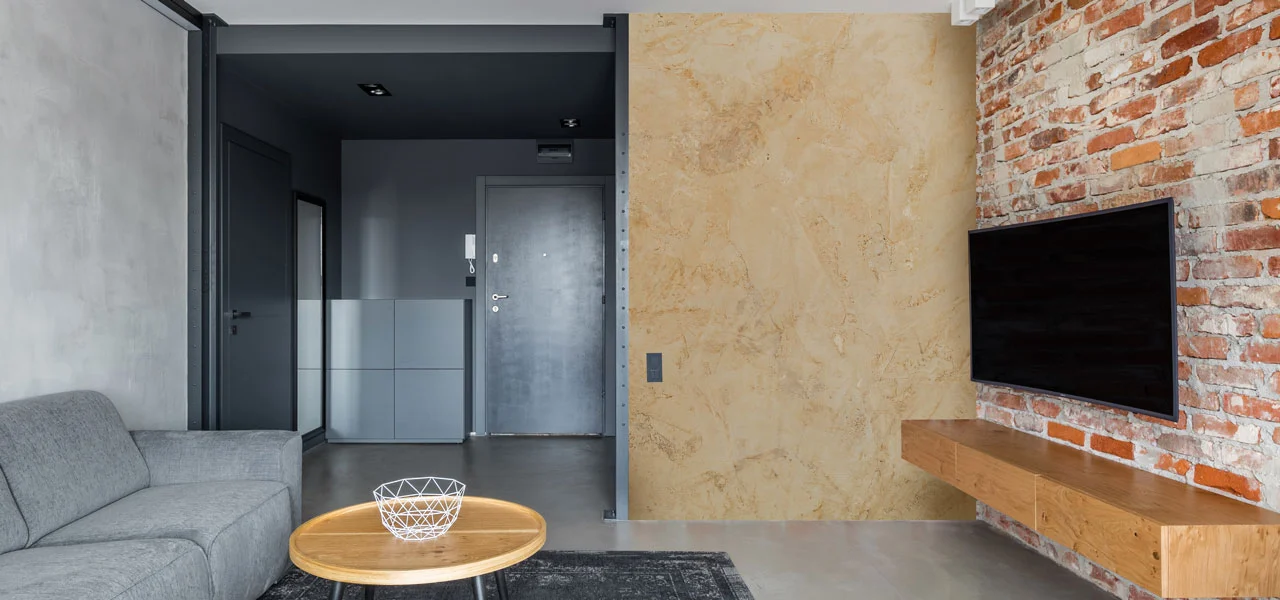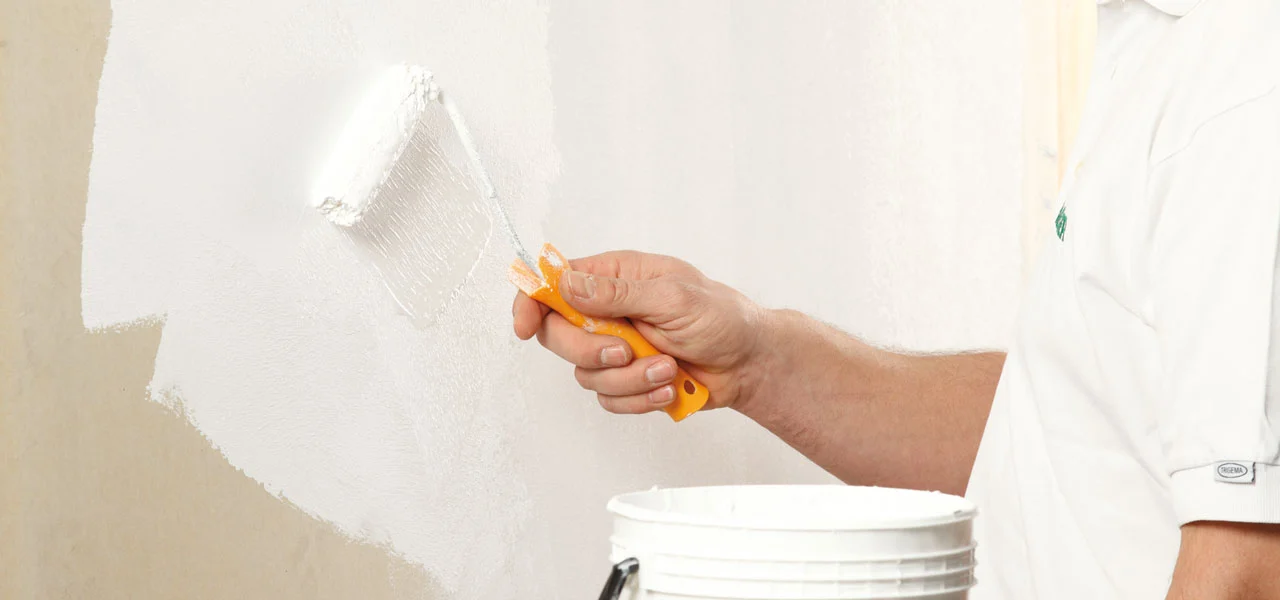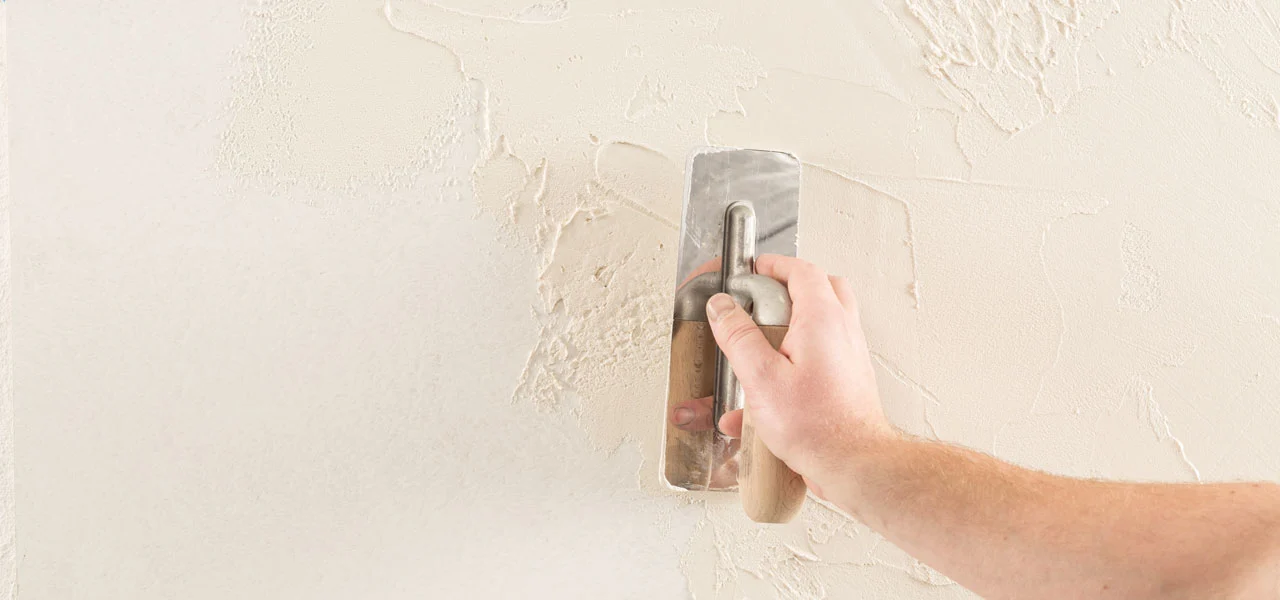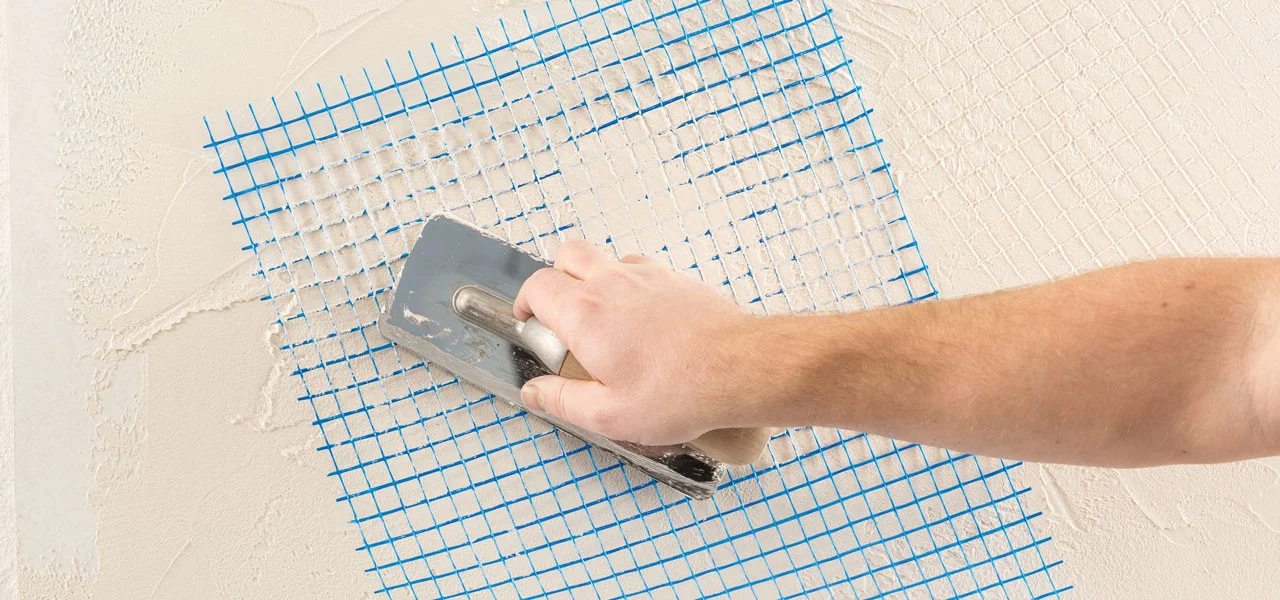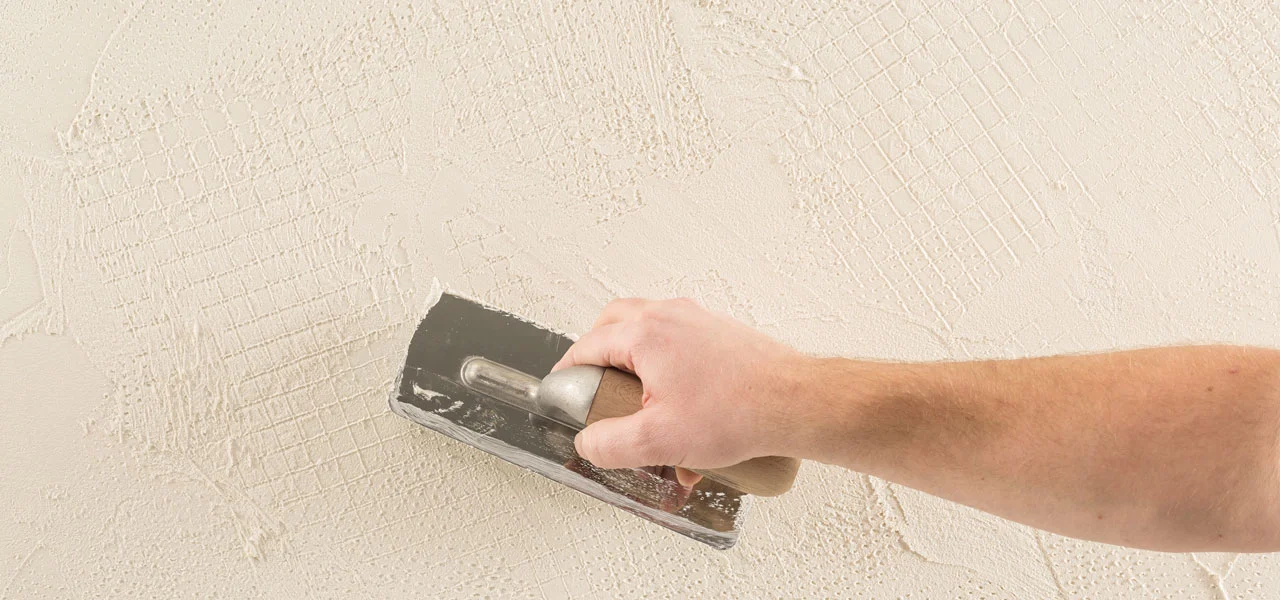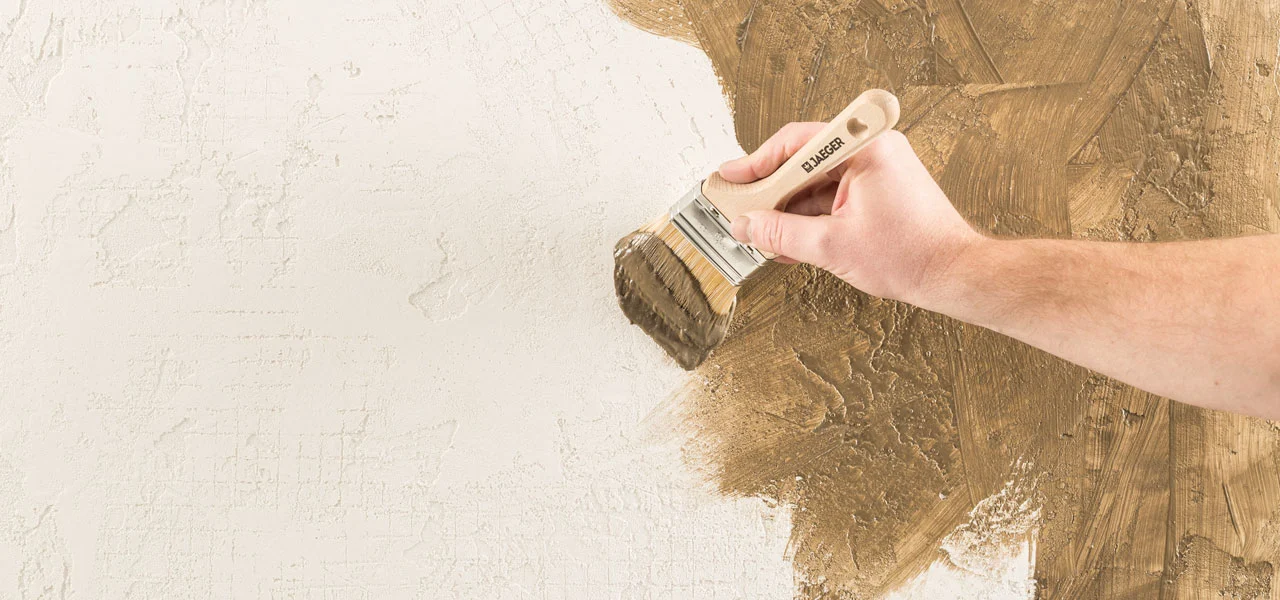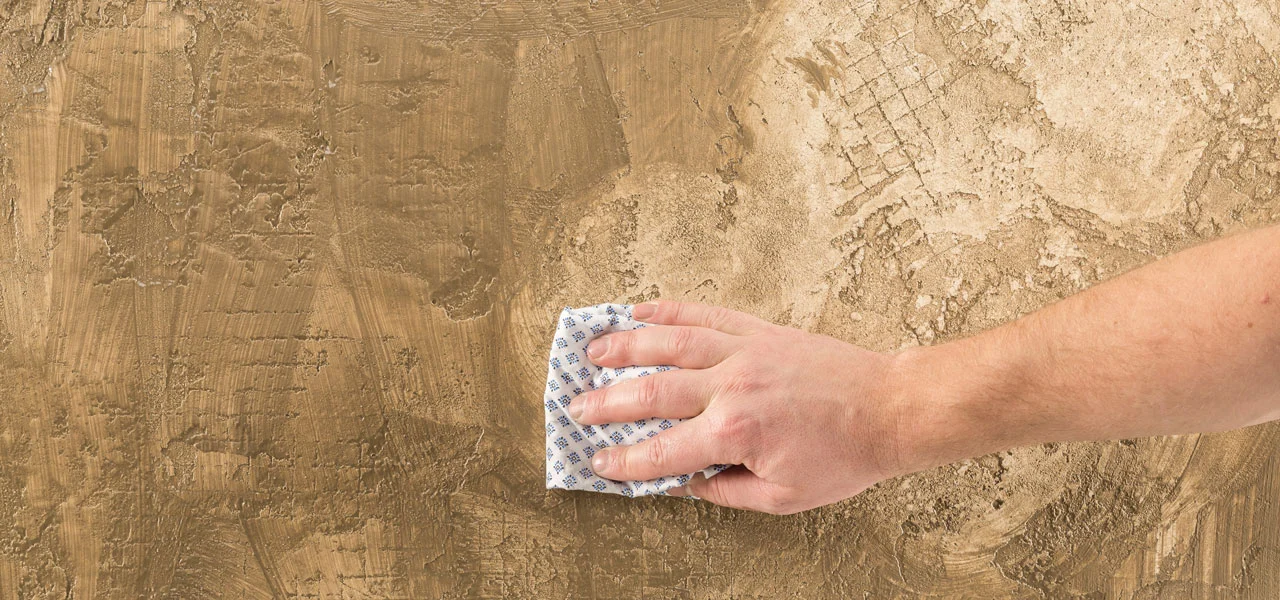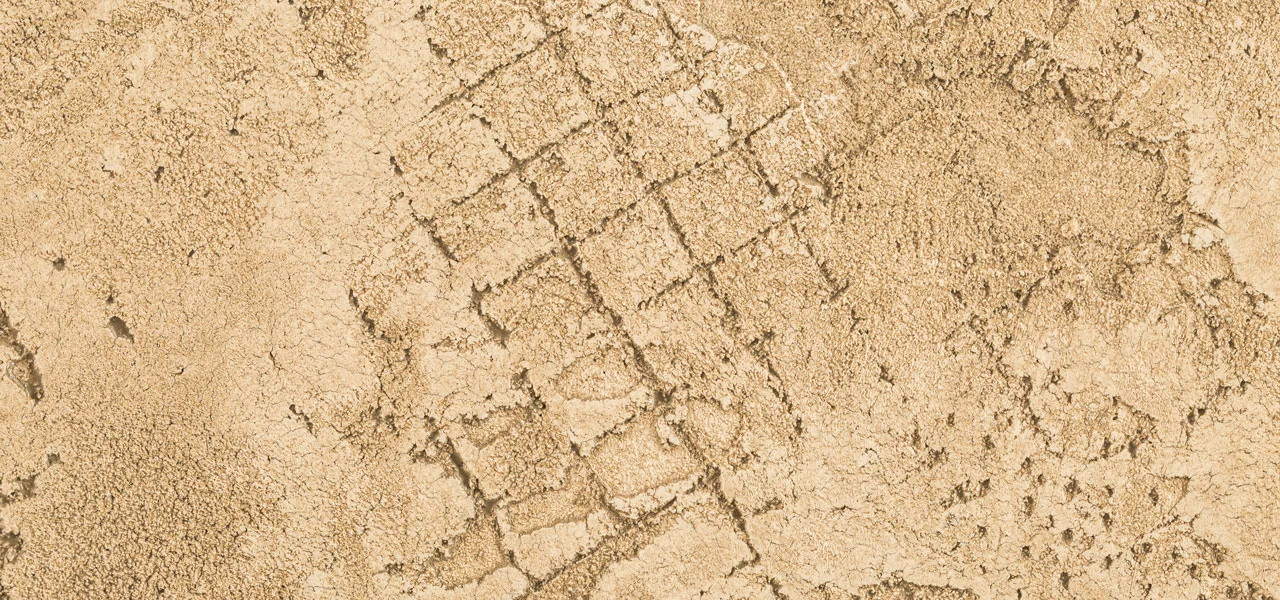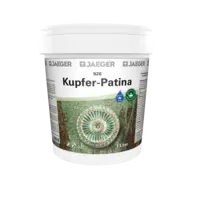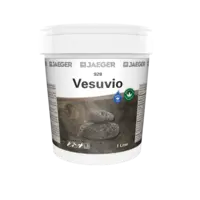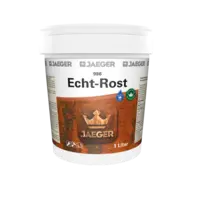Calce Argilla 927
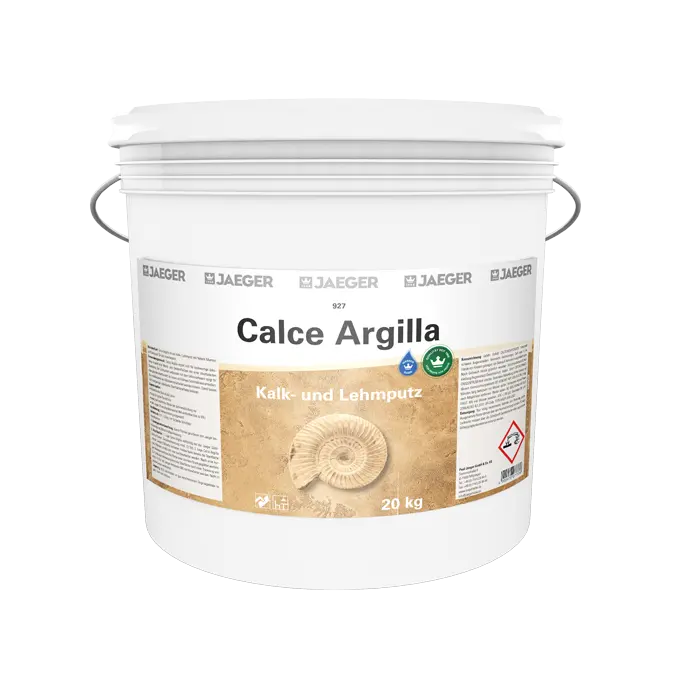
The advantages of Calce Argilla at a glance
- Regulates moisture and ensures a pleasant indoor climate
- Ensures constant, healthy indoor humidity (depending on ventilation and room use)
- Prevents mold growth
- Breaks down formaldehyde in the indoor air
- Ready to use, no mixing required!
- Easy to apply like a classic decorative plaster
- Versatile texturing options
- Mineral base: lime/clay
- Can be colored with Jaeger Mineral Color Concentrate 964 (up to 5%)
Calce Argilla enables high-quality mineral wall and ceiling surfaces with a decorative textured finish. The clay content, in combination with the cellulose fibers, ensures good workability and higher layer thicknesses, which can be textured as desired. For uniquely individual surfaces.
Clay plaster – naturally resistant to moisture, mold, and formaldehyde
On the other hand, excessive humidity is just as undesirable, as high humidity promotes the growth of mold. The regulation of humidity achieved by clay plaster through its physical properties means that the plaster layer also acts as a natural mold protection, as excess humidity can be easily absorbed. If moisture is absorbed, damp cannot develop in the first place, which is a prerequisite for the dreaded mold growth. In addition, clay plaster has been proven to break down harmful formaldehyde in the air.
And last but not least, clay plaster is not only good for your health, it also looks great! Clay plaster offers a wide range of design options. In the following sections, we would like to introduce you to our attractive Calce Argilla clay plaster with its many decorative possibilities.
Clay plaster for decorative interior surfaces
Clay has been used as a building material for residential buildings for thousands of years, and entire cities have even been built from this versatile material. In some regions, clay construction has been developed into a fine art, and many historic clay buildings have even survived to this day. Their inhabitants, both past and present, enjoy and appreciate a particularly pleasant, natural indoor climate. This is because clay regulates the humidity in the air in a completely natural way by absorbing excess moisture like no other building material and releasing it again when the air is too dry.
In our part of the world, clay has traditionally been used as a building material for infilling half-timbered houses. Today, buildings in this country are hardly ever constructed entirely from clay, but fortunately, there is no need to forego the positive properties of this building material. The solution: clay plaster as a top coat in living spaces. The physical advantages of clay plasters and clay paints are particularly impressive in interior applications: clay is a true all-rounder when it comes to wall and ceiling coatings.
Clay plaster as a natural booster for the immune system
An ideal, not too low level of humidity is important for health, for example. By strengthening the body's natural barriers, it can support the immune system. This is how it works: if the mucous membranes in the nose and throat become too dry, especially during the heating season, they provide an ideal entry point for many harmful viruses and bacteria. In contrast, intact, well-moisturized mucous membranes form a good defense against invasion. That is why many households now have electric humidifiers. With decorative clay plaster, you can now forget about these power guzzlers, because the absorbent wall coating releases the moisture generated and stored during ventilation, laundry drying, or cooking back into the room atmosphere in good time, so that the room air has a constant humidity level at all times. And it's completely silent, maintenance-free, and environmentally friendly!
Our healthy clay plaster / lime plaster Calce Argilla makes your walls and ceilings eye-catching
All the building physics advantages of decorative plasters based on clay mentioned above can also be found in our innovative lime plaster/clay plaster Calce Argilla. Calce Argilla also regulates humidity in the room and has been proven to break down formaldehyde. It also has an extra high proportion of clay enriched with cellulose fibers. This property facilitates and accelerates processing, as it allows thicker layers to be applied to walls and ceilings. Thicker layers have two important advantages: on the one hand, they increase the moisture storage capacity, and on the other hand, they open up many attractive design options.
This allows the decorative clay plaster to be structured in a wonderfully rustic, elegant, or antique style, just as you wish. The result is individually designed fine plaster surfaces that, depending on the surface treatment, can look as authentic as if they had been aged over decades. But whether you prefer a modern or classic look, or want to achieve a country house style, the application process is just as easy for all effects and styles.
Video | Step-by-step instructions for applying Calce Argilla clay plaster with Kreativtobi
How is Calce Argilla clay plaster applied?
Calce Argilla is a mineral material combination with fine marble and natural sands and is supplied in a ready-to-use consistency. Calce Argilla is therefore simply applied undiluted like a decorative plaster to the desired surface indoors. The first coat is smoothed, and the second coat is then textured on the wall or ceiling as desired. There are virtually no limits to your imagination here.
Please note that Calce Argilla cannot be applied with a plastering machine.
The exceptionally versatile design options have also impressed trend-conscious YouTubers. Watch the video and discover how Calce Argilla can be used to create stunning designs with the attractive stencil technique. By the way: the wall stencils used can also be found in our Villa Venezia range.
Application of Calce Argilla
1. Substrate preparation
First, the surfaces should be thoroughly primed with Jaeger Iso-Mineralgrund adhesive primer. This special primer improves adhesion and optimally prepares the surface for the subsequent steps.
2. Application
- First coat: The first coat of Calce Argilla is applied to the entire surface with a Jaeger smoothing trowel. This must then be left to dry for at least 12 hours.
- Second coat: The second coat of Calce Argilla is then also applied with the Jaeger smoothing trowel. In this step, the surface can be textured or reworked as desired. After a short drying time, the surface can be smoothed with light pressure.
3. Color finishing (optional)
For color finishing, the surface can be reworked with Jaeger Antikseife 985 after drying for at least 12 hours. It is recommended not to work in direct sunlight to achieve optimal results.
product data
spreading rate
| paint/roll | spraying |
|---|---|
| 1,5 – 2,5 kg/m² |
item number/shade
| item number | shade |
|---|---|
| 927-0800 | weiß |
| 927-0800 | weiß |
size of trading unit/box content
| size of trading unit | box content |
|---|---|
| 20 kg | 1 |
| 20 kg | 1 |
